|
Students in my Survey of Plants and Animals course at Lake Katherine after setting up our sampling locations this spring. Have you ever caught a pillbug, maybe from an overturned rock in your garden or in the woods? How about a beetle? When we are out for a walk in nature, we often tend to focus on the larger organisms--the trees, the birds, the mammals. However, the little creatures like pillbugs and beetles are an important part of the biodiversity as well, which if we take the time to notice are all around us. I've been working on a project with students in my classes to help Lake Katherine Nature Center gain a better understanding of the biodiversity of "little creatures" along the west side of the lake. The "little creatures" we have been studying are invertebrates, mainly in the group we call arthropods (which includes insects, pillbugs, and millipedes) as well as some other creatures like snails and earthworms. How do we catch these invertebrates? We set up something called a pitfall trap, which is basically a cup filled with propylene gycol to catch invertebrates that are crawling over the ground. We put a little rain-cover over the cup, which is propped up by a couple of rocks and then held in place by a rock on top. Pretty basic set-up, but it gets the job done. On the left, a pitfall trap set up with the rain-cover visible. Notice that the area looks a bit blackened from a controlled burn that was conducted just before we set up our traps for the season. On the right, students setting up a trap near the lake's edge. Pitfall traps are particularly useful because we can leave them out for up to two weeks at a time to get a good sample of the little creatures using the area. When we come back to the traps, we gather the sample of invertebrates in propylene glycol and take them back to the lab for identification. So, have you ever caught a springtail? We catch a lot of springtails around lake Katherine. Springtails are arthropods--they used to be considered insects but now are in a separate taxonomic class (find out more here). A particularly hairy-looking springtail viewed under a stereo microscope How diverse are the ground-dwelling invertebrates at Lake Katherine? Just in our sampling this spring, we identified organisms from 17 different taxonomic orders. Pillbugs were the most numerous (they represented 30% of the organisms sampled), with plenty of ants, millipedes, and of course, springtails, as well. This helps us see that this area around the lake is maintaining a diverse group of organisms, which in turn helps support ecosystem functioning and food webs at Lake Katherine. Students undeterred by sampling on a rainy afternoon
0 Comments
Leave a Reply. |
Abbie SchrotenboerI'm a biology professor at Trinity Christian College. I'll be using this page to share interesting stories related to ecology and conservation at Trinity and in the Chicago area (although I might be tempted to expand my geographic focus upon occasion). Archives
December 2020
Categories |
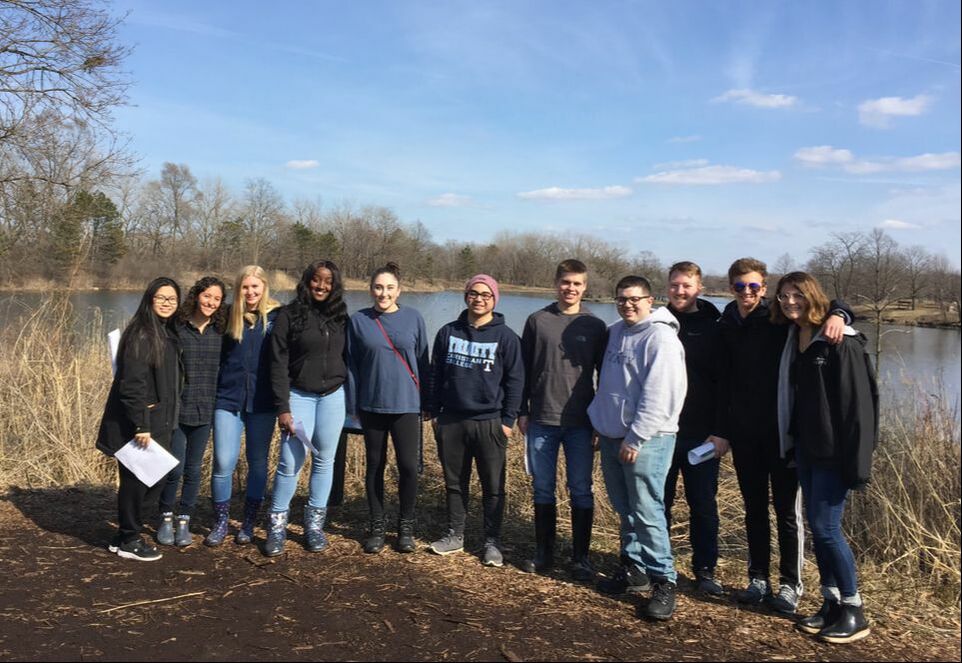
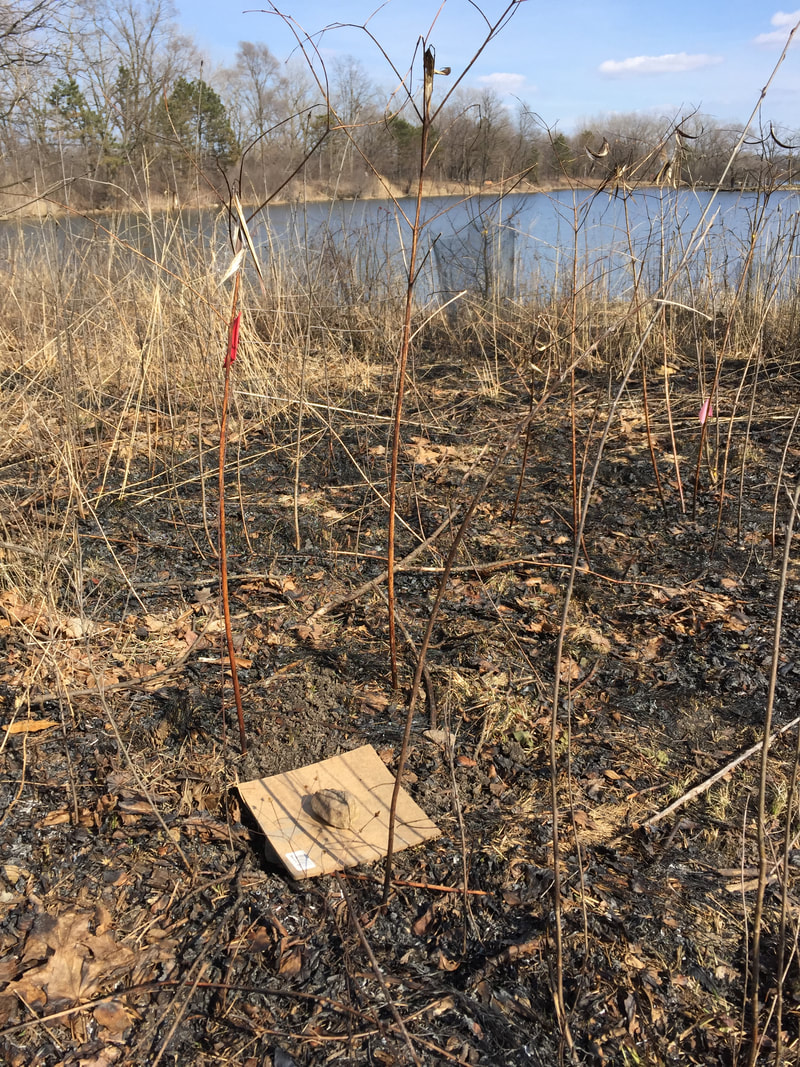
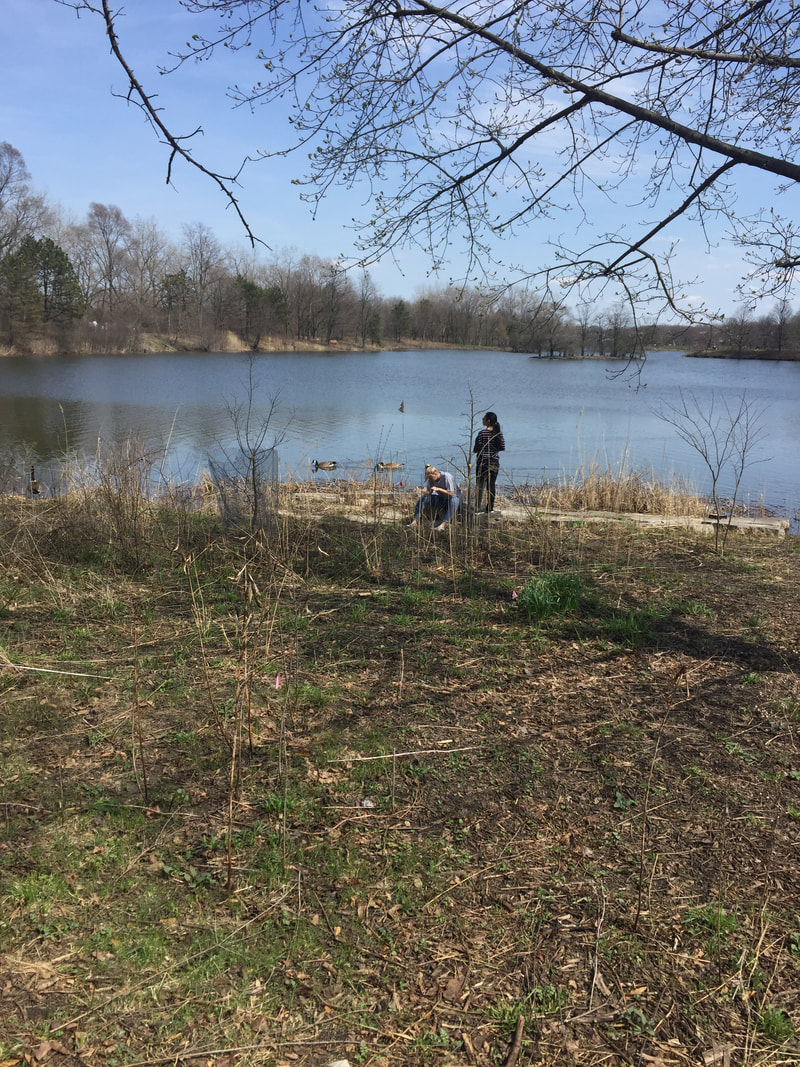
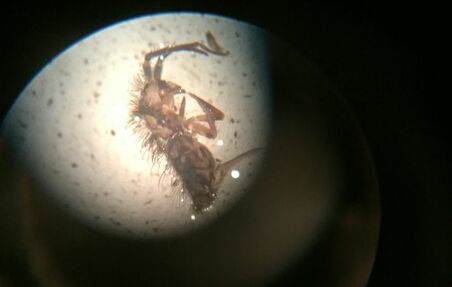
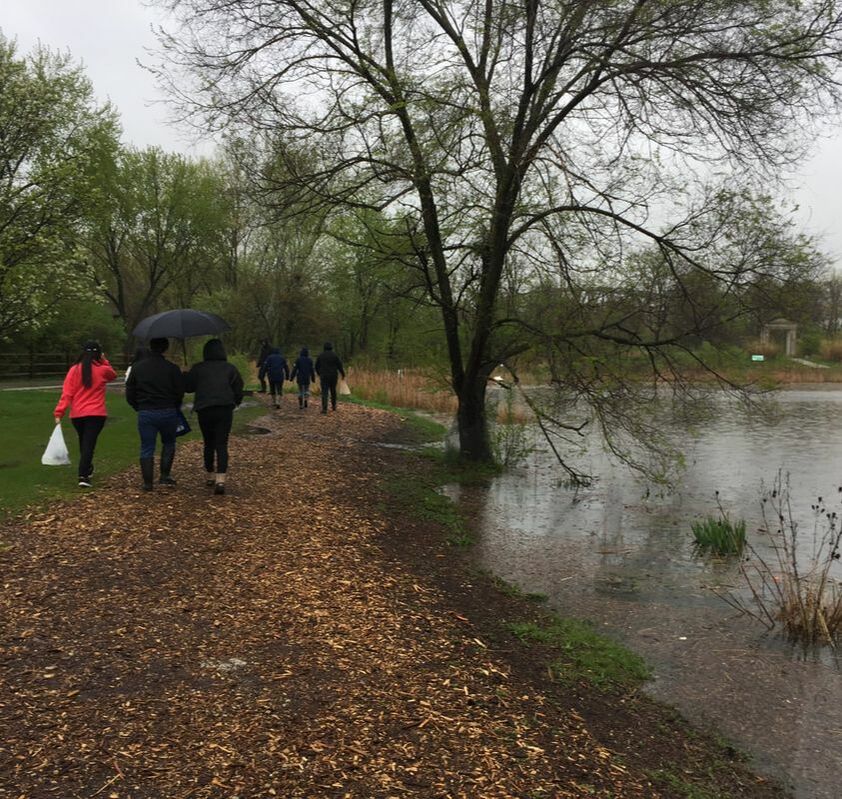
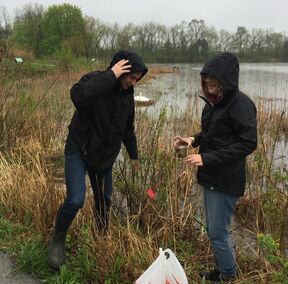
 RSS Feed
RSS Feed
